Federal Reserve Chairman Jerome Powell said on Monday that the central bank is prepared to take more aggressive measures to stabilize prices if necessary, as rampant inflation continues amid a relatively strong labor market.
During an address to the National Association for Business Economics on Monday, Chairman Powell gave his strongest message about inflation to date, stating that he is prepared to “take the necessary steps to ensure a return to price stability” as inflation persists.
“There is an obvious need to move expeditiously to return the stance of monetary policy to a more neutral level, and then to move to more restrictive levels, if that is what is required to restore price stability,” said the Federal Reserve executive.
He continued, “if we conclude that it is appropriate to move more aggressively by raising the federal funds rate by more than 25 basis points at a meeting, or meetings, we will do so. And if we determine that we need to tighten beyond common measures of neutral and into a more restrictive stance, we will do that as well.”
These comments come less than a week after the Federal Reserve’s meeting on March 15–16, during which the central bank approved an interest rate hike for the first time in over three years, after signaling its intention to hike rates for several months leading up to the decision.
Like many experts at the Federal Reserve, Powell was initially hesitant to recommend rate hikes to curtail inflation. As recently as last summer, the consensus among bankers was unenthusiastic for any rate hikes in 2022, with many experts believing that rate hikes could wait another year–until 2023.
However, the monetary policymakers are feeling greater pressure to address the issue, with a growing chorus of experts calling for a faster–and more drastic–regimen of rate hikes to prevent inflation from spiraling out of control.
This labor market is encouraging for the Federal Reserve, which faces a much better position to hike rates than it would under less favorable employment numbers. While rate hikes are liable to damage the economy in the short and medium term, the damage is blunted when the labor market is strong. This is reflected in Powell’s recent comments, as the Federal Reserve chair dedicated much of his remarks to celebrating the “very strong” and “extremely tight” labor market. However, with inflation showing no signs of abating, the Federal Reserve chair has found himself emphasizing an openness to harsher measures to stabilize prices.
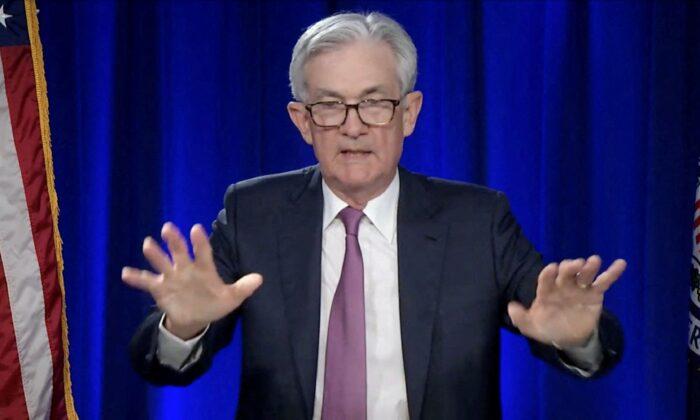

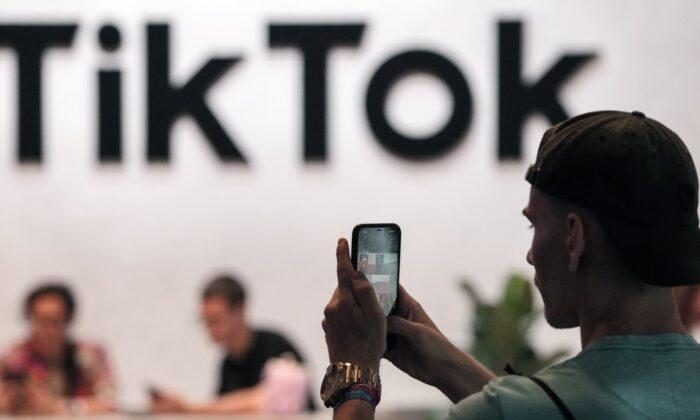
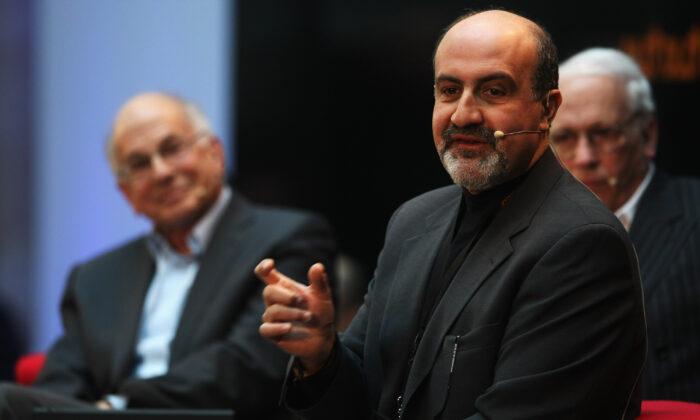
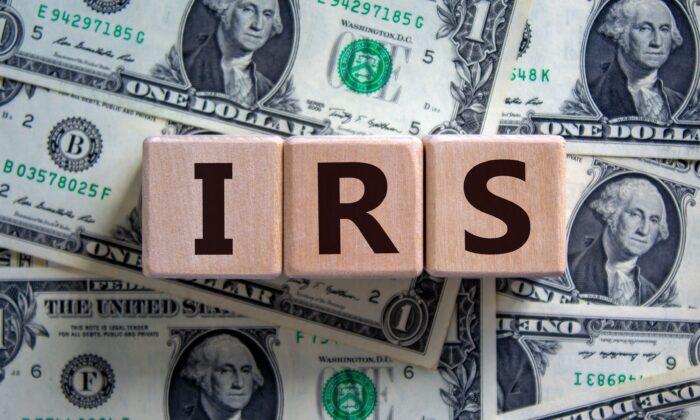
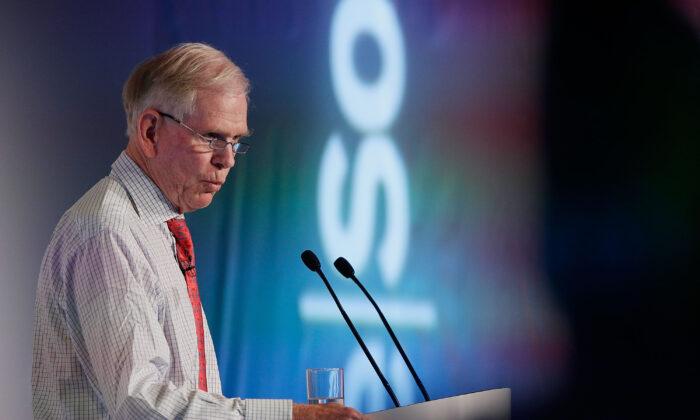
Friends Read Free